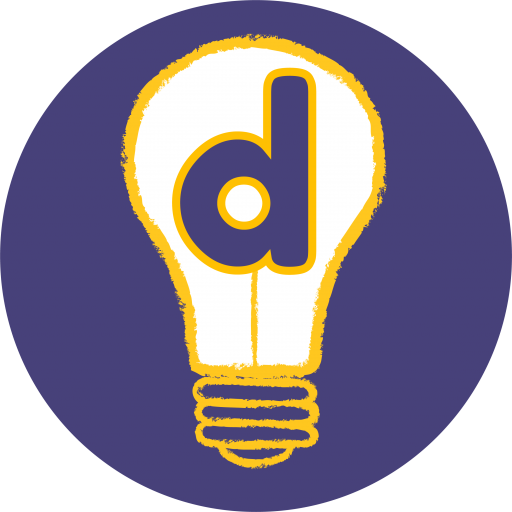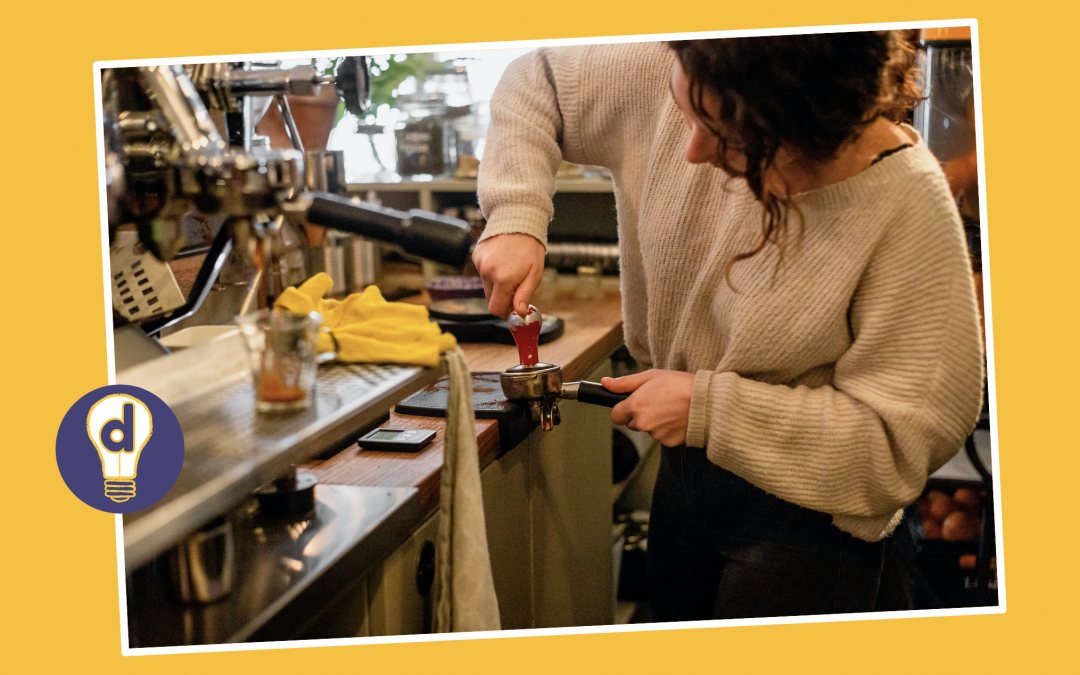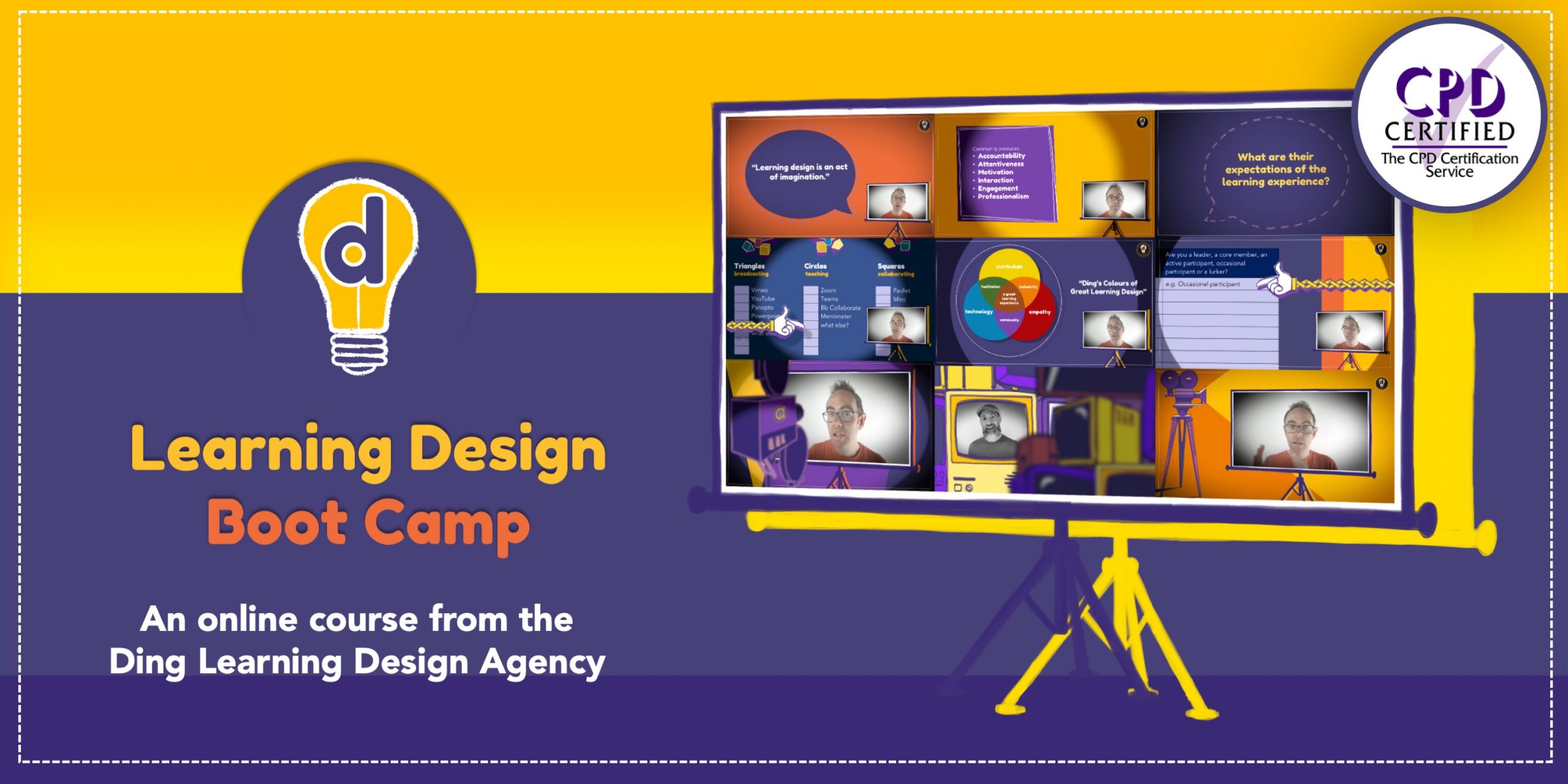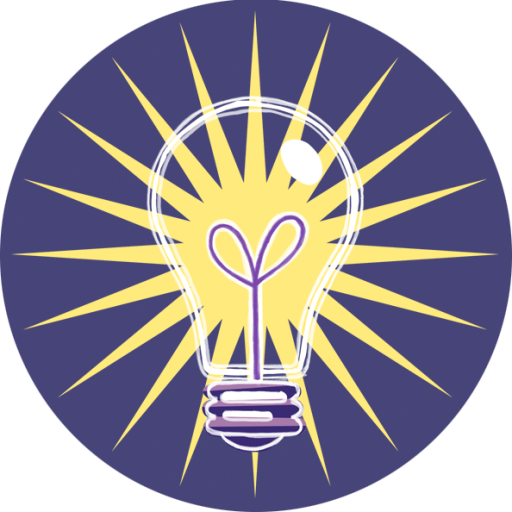If we focus on what learners do, we’re more likely to design effective learning experiences.
In 1999, Professor John Biggs published an article that had a significant impact on people’s views about teaching. Biggs invited us to consider that there are three levels of teaching:
- Level 1: What the student is. At Level 1, teachers blame the student when learning doesn’t happen. If students struggle, it’s because they have a deficit: they’re not clever enough, they don’t have enough motivation, or even they’re not from a suitable cultural background.
- Level 2: What the teacher does. At Level 2, it’s the teacher’s fault if learning doesn’t happen. This produces a culture of ‘blame the teacher’ – if students struggle, it’s because the teacher isn’t competent enough, or engaging enough.
- Level 3: What the student does. At Level 3, the focus shifts to what students need to do to demonstrate they understand something. The role of the teacher at this level is to design activities that enable students to learn by doing in order to make their learning visible.
These three levels are just as important for learning designers as they are for teachers and trainers. If we simply create learning experiences that broadcast information at learners, we have no way of knowing whether they’ve learned what we intended. It’s only when we design activities that require learners to learn by doing something that we can actually see what they’ve learned.
The value of leading with a problem
The value of learning as doing is also demonstrated by a huge piece of research published in 2020. The 15-year project by Sinha & Kapur investigated the impact of asking learners to try and solve a problem before receiving any teaching. The findings showed that, on average, leading with a problem produced a 20% increase in learners’ success rate.
Why am I showing you all this? Well, the reason is to highlight how effective learning design involves focusing on what learners do. Ding’s Learning Design Bootcamp is a prime example – if I just provided you with content, I would have no way of knowing whether you were learning anything. But by asking you to complete regular activities and sending them in for me to look at, I can see what you’ve learned through your response to each task. And I can then make recommendations for other content and activities that might help you.
Prioritising facilitation doesn’t mean ‘withdrawing from the role of teaching’. Instead, it means rethinking teaching as creating the conditions in which learners can learn through discovering and experiencing. It means viewing the role of the teacher as someone who poses authentic problems that engage and inspire learners. And it means constructing a sequence of activities that produce an experience which enables and motivates learners to achieve the intended learning outcomes.
_
Discovery learning
There are a couple of key theories, or ‘thinking tools’, that you’ll find useful here, whether you’re a teacher or a learning designer. The first is Discovery Learning, which was developed by an educational psychologist called Jerome Bruner. Bruner believed that ‘learning is a process, not a product’, and this belief informed the development of his theory.
Discovery Learning contains three key concepts which underpin effective facilitation. The first key concept is that we should design learning experiences that are likely to motivate learners – Bruner called this engaging their ‘predisposition to learn’. Harnessing motivation is essential – if we succeed, learners will keep going because they want to. If we fail, we create an enormous barrier to learning. We can harness motivation by finding out as much as we can about learners’ prior knowledge of the topic.
Determining what learners are likely to know already enables us to identify an appropriate start point for the learning experience. It also enables us to create tasks that are likely to connect with learners, keep them interested, and make them want to explore and discover the topic for themselves. We can learn a lot here from games design, where the goal has to be absolutely clear at all times. As soon as gamers lose sight of the goal, they can’t see why they are doing something and their motivation to continue the game evaporates. The same is true for learning design – if learners can’t understand why they’re being asked to do something, they will quickly lose interest and motivation.
The second useful concept in discovery learning is sequencing. Sequencing is a posh word for saying ‘the order in which learning events happen’, and it’s absolutely integral to effective learning design. Bruner proposed that we learn best if we do something first, then look at visual examples, and then make sense of what we’ve learned through reasoning and reflection. He called these three modes action, imagery and reasoning, and they enable us to break learning into three distinct stages.
- The ‘action’ mode reflects the belief that we learn through discovery by engaging in practical activities and problem-solving.
- The ‘imagery’ mode conveys the idea that we learn through visual examples.
- And the ‘reasoning stage’ indicates the need for learners to make sense of what they have learned through activities that enable them to review, reflect and make sense of their experience.
And the third concept is that we should construct learning in a ‘spiral’. If you imagine for a moment that you’re walking up a spiral staircase, it will help you construct an understanding of how a spiral works. Each time we go up one level of the staircase, we return to where we were – the only difference being we’re one floor higher. A spiral approach to learning design means that we introduce a concept at a basic level, then we return to it at a slightly higher level later on, and then a higher level again even later. In this way, we enable learners to construct an initial understanding of a topic. When we return to the topic at a more advanced level, it’s easier for them to connect their new knowledge to their existing knowledge.
Here’s a quick overview of how Discovery learning works:
Experiential learning
And we’re also going to have a look at Experiential Learning. This is another awesome thinking tool developed by a guy called David Kolb, and it focuses on the power of learning by doing.
Kolb’s theory of Experiential learning suggests that there are four distinct stages to learning, and they are experiencing, reflecting, conceptualising and testing. Let’s say I want to learn to bake something. The first thing I do is attempt to bake a cake. This is the ‘experience’ stage in which I have an experience of baking a cake (ASIDE: which, knowing me, won’t go so well). Once I’ve baked my cake, I take a moment to reflect on what happened, what went well and what could have gone better. This is the ‘reflect’ stage, where I make a conscious note of what happened during the experience.
I then decide I should probably look at a cookbook to work out what went wrong. This is the ‘conceptualising’ stage, where I go to the literature to help me make sense of my experience. Once I’ve done this, I can make a plan of what to do differently next time. This is the ‘testing’ stage, where I make a plan to test out the next iteration of my recipe.
Here’s a quick summary of how Experiential learning works:
OK, that’s quite a lot of information so let’s do a quick recap of how you can use these two thinking tools.
If you want to use Discovery learning:
- find out what your learners already know about the topic;
- use this information to create tasks and activities that are likely to motivate them;
- create a range of activities that enable learners to explore the topic in different ways;
- enable learners to show you what they’ve learned in different formats;
- consider carefully the sequence in which the learning events occur;
- introduce concepts at a basic level, then return to them at a more advanced level;
- at the end of the sequence, evaluate what they now know about the topic.
And if you want to use experiential learning:
- design an activity that will enable learners to have an experience that is relevant to the intended learning outcomes;
- enable them to reflect on what they’ve learned, both individually and with the help of others if possible, to help them become conscious of what happened;
- create opportunities for learners to make sense of their experience by asking them to read research, look at articles, or watch videos.
- finally, provide an opportunity for them to develop a new plan of action that they can use next time they do the same, or a similar, activity.
You might also like:
- 3 tips for working with SMEs
- Biggs, J. and Tang, C. (2011) Teaching for Quality Learning at University: What the Student Does. Magraw-Hill.
Thank you to:
Interested in learning design?
Then you might like our Learning Design Bootcamp.
Download the brochure to find out about the activities and assignments, and have a look at some of the course videos
You can also book a call with the Ding team who will answer all your questions!




Trackbacks/Pingbacks